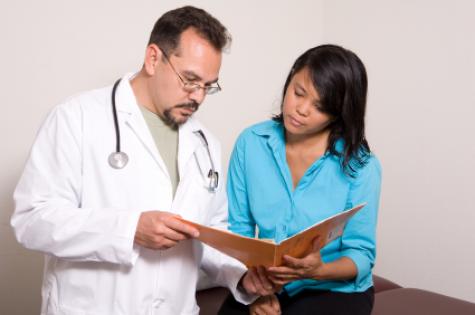Selecting the right method of birth control can be confusing, which is why a family planning physician with the University of California Los Angeles (UCLA) Department of Obstetrics and Gynaecology developed an iPad App to help.
The App, called Plan A Birth Control or Plan ABC helps women through the confusing process of selecting a birth control method using medically accurate information. The easy-to-use App highlights the most effective types of birth control and reveals potential side effects and risks associated with each option. It was developed by Dr Aparna Sridhar with the aim of helping women understand the options available.
"The idea behind it is so women using the App will be better informed and already have a baseline knowledge about what they're looking for when they see their doctors," said Dr Sridhar. "That way, doctors and other health professionals may need less time to explain the different birth control methods, and can spend more time focused on a more narrow discussion tailored to the individual patient and her particular needs."
The App lists the top 10 forms of reversible birth control from most to least effective, ranging from the IUD to hormonal treatments to the female condom. Dr Sridhar drew the content for Plan ABC from respected family-planning websites and vetted it for accuracy. One of her goals in creating the app was to ensure that women could easily access the most current, medically correct information, because much of the information on the Internet is either unreliable or dated, she said.
Once a user selects a type of birth control from the app, questions appear that help the woman decide if that method is right for her. For example, smokers and women over 35 are advised to consider a type of contraception other than the birth control pill, because of the risk of complications.
"The App tells a woman everything she needs to know about the form of birth control she chooses - a photo, how it works, how to use it, how it's inserted, its efficacy and any side effects or warning signs that something may be wrong," Dr Sridhar said.
She said if the App is as effective as seeing a family planning advisor or doctor, then it would be feasible to make it available in waiting rooms.
“That would save both time and money by using our human resources to handle issues that a piece of software can't," she said, adding that the app could eventually be accessible through kiosks in physician's waiting rooms.
Dr Angela Chen, an associate clinical professor of obstetrics and gynaecology at UCLA and chief of family planning services, said the App helps women actively engage in their own health decisions.
"We anticipate that this will translate into better adherence to health commitments," Chen said. "Witnessing the app being used by our patients over the past several months, I already see the benefit in terms of time saved by the clinicians. It makes our job much easier, and patients seem to enjoy navigating the app and engaging in a multi-dimensional learning experience about birth control."
* * *
You can download the app from iTunes.



















__small.png)










